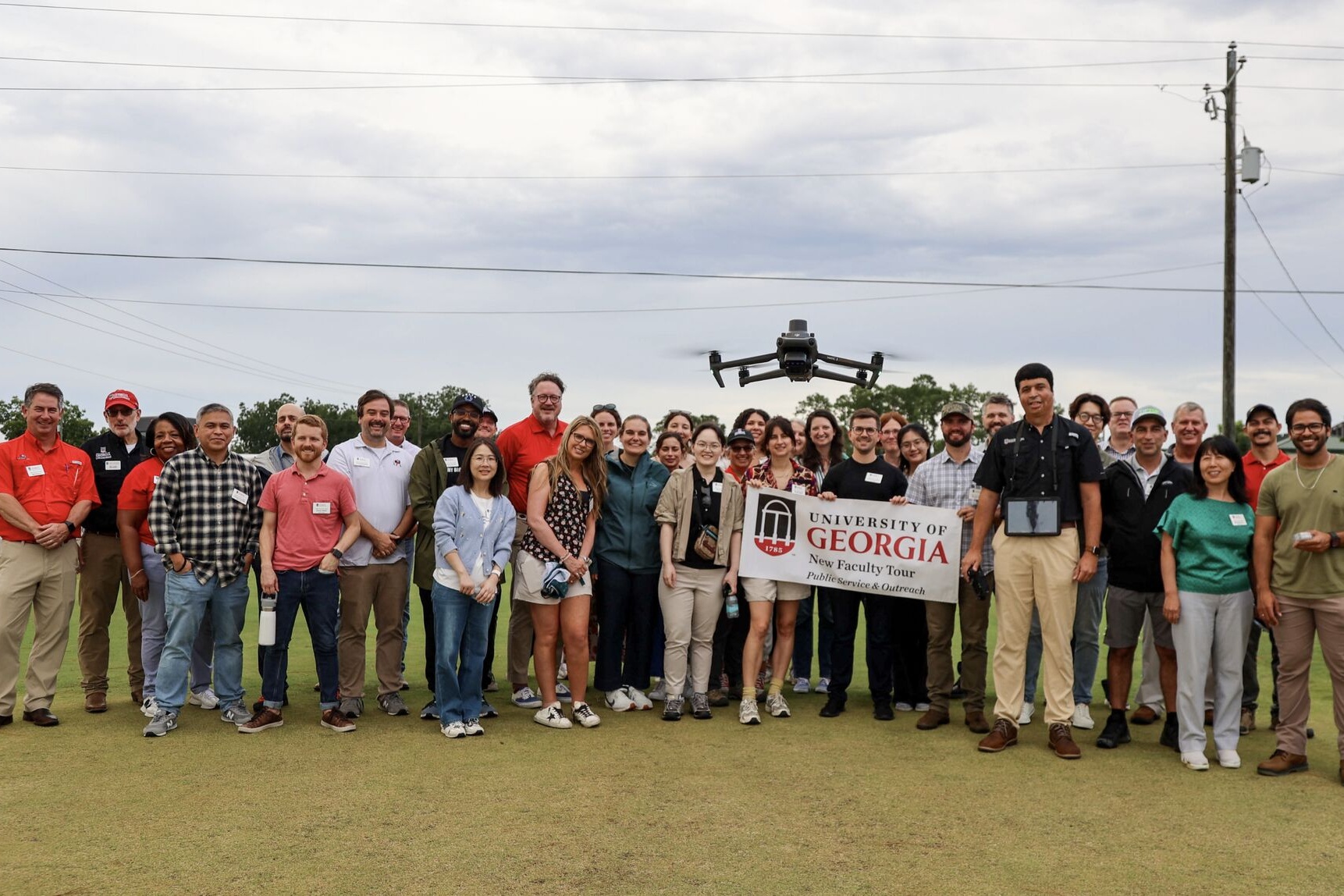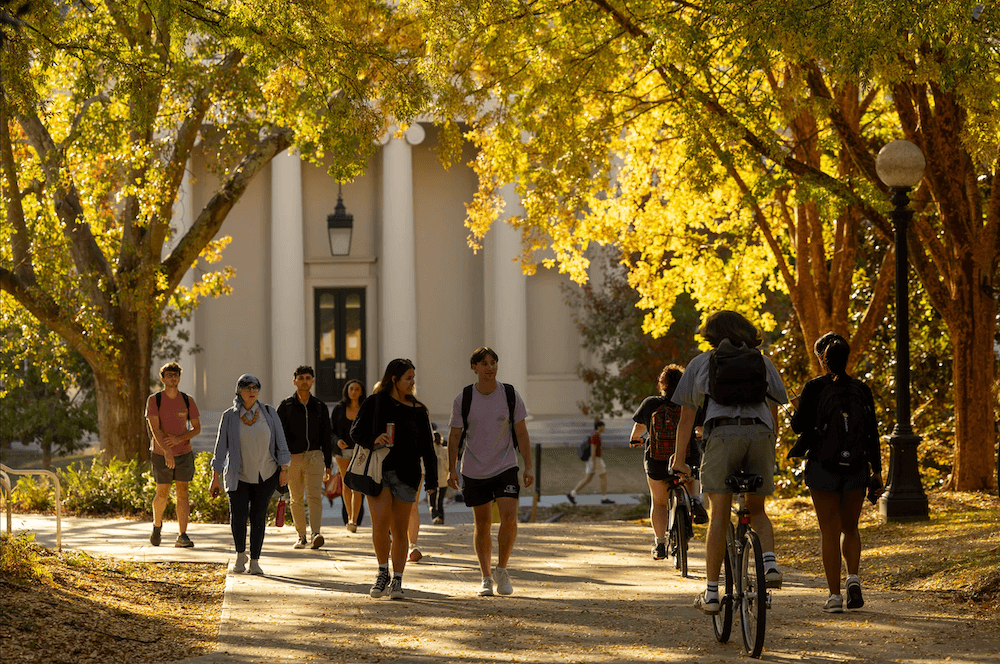Summer brings flowers and green leaves. But it also brings
lightning, which strikes
thousands of trees a year in Georgia. Many of these are around
homes and schools.
Georgia has 50-70 thunderstorm days per year. Each storm can
produce lightning causing
great damage to healthy, historic and rare trees. Lightning
strikes every square mile in
Georgia about 16 times every year.
The electric charges that make lightning are formed by icy
collisions in large storm
clouds. Tiny ice crystals and larger, wet ice particles run into
each other. The crystals
with positive charges get blown into the top of the cloud.
Negatively charged wet ice
falls toward the bottom.
The most common type of lightning begins when invisible
fingers of negative charges
move downward from the bottom of a cloud. Because positive and
negative charges attract, a
positive wave swells on the ground beneath the storm.
The negative-charge fingers reach downward along the
path of least electrical
resistance. Precipitation, other lightning paths and even cosmic
rays help determine these
jagged, stair-step pathways of lightning.
The negatively charged fingers reach out for the ground at
450,000 miles per hour. The
positive charges bunched at the ground reach upward in streamers
flowing off trees and
other tall structures.
The electric fingers and streamers stay invisible until they
connect. That happens a
few hundred feet above the ground or a structure. When the
connection is completed, the
visible return stroke moves upward at one-third the speed of
light, spewing light and
instantly heating the air.
A single lightning flash is made of many high-voltage
strokes, averaging four strokes
per flash. The human eye can just see the individual strokes
within each flash, which
makes lightning flicker.
Every stroke is different. Average values for a lightning
stroke’s power are 100
million volts and 500 amps. A stroke’s core is 50,000 degrees.
This heat load causes air
to expand fast, forming shock waves heard as thunder.
Because light travels so much faster than sound, we see the
flash and wait on the
thunder. If you count the seconds between them, you can tell how
far away the lightning
was.
Every second, thunder’s sound moves toward you one-fifth of a
mile. If you count five
seconds between the flash and the thunder, the lightning was one
mile away.
Lightning injures about 500 people each year in the United
States. About 100 of these
are killed. Feedlot and pastured animal losses are high.
Direct property damage is about $175 million each year in the
South alone. Damage to
utilities is immense. In forests, along community streets and in
yards, trees are damaged
badly.
In a dry forest, a line of lightning strikes can start many
wildfires. If it doesn’t
start a fire, a lightning-struck tree is an open invitation to
pests, like the Southern
pine beetles in pines.
A direct strike can electrically disrupt a tree’s most
vigorous areas. Steam explosions
from the heat can rip off large sections of bark and wood.
Roots aren’t immune, either. A strike can blow root pieces
out of the ground. It’s not
unusual for lightning to kill a clump of trees.
Tree-bark damage from lightning allows massive water loss.
Treatments for
lightning-struck trees include watering and carefully watching
for pests.
You can protect historic, rare and specimen trees, especially
in the center of
landscapes or overshadowing recreational areas, with a properly
installed lightning
protection system.
Protect special trees and those that people or animals might
move under in a storm.
Protect trees closer than 25 feet to a building, too, to
minimize "side-flash."
Large or important trees in parks and golf courses, or near
public buildings, should be
protected to minimize liability problems.



